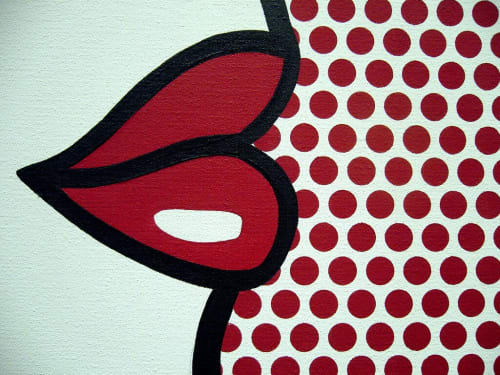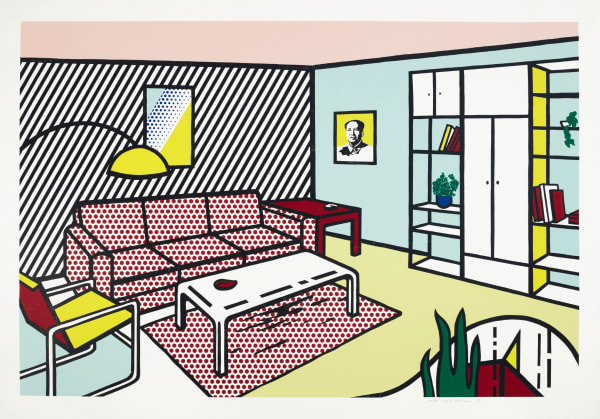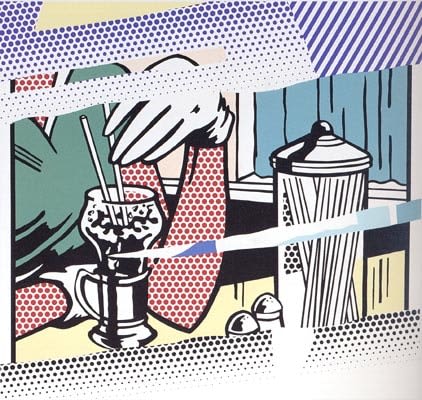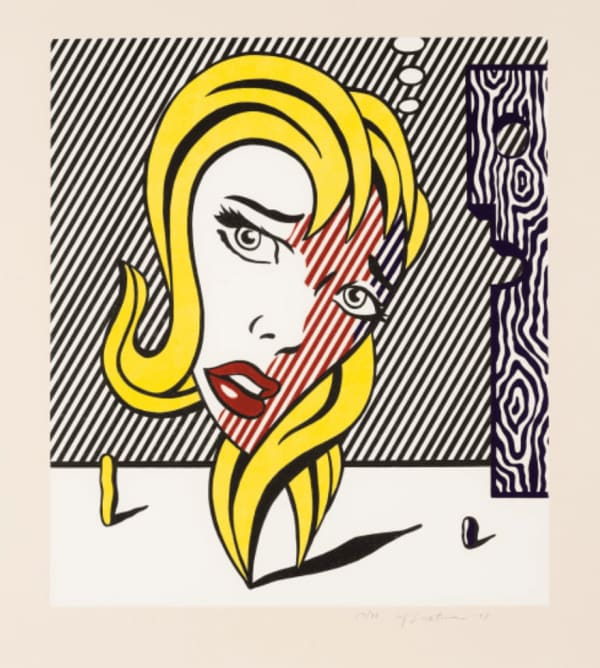Roy Lichtenstein is one of the most recognizable figures in 20th-century American art. His bold, comic book–inspired imagery transformed the landscape of contemporary art, bridging the gap between popular culture and fine art. For those searching for information about who Roy Lichtenstein was, how he started his career, and what inspired his unique style, this educational guide covers ten fascinating facts about the artist’s life, education, and lasting influence on the art world.
1. Roy Lichtenstein Was Born in New York and Grew Up Surrounded by Modern Culture
Roy Lichtenstein was born on October 27, 1923, in New York City, into a middle-class Jewish family. Growing up in Manhattan exposed him early to the energy and imagery of American urban life — from magazines and advertisements to movie posters and comic strips that lined the streets. This environment shaped his understanding of visual communication and popular culture. As a teenager, Lichtenstein frequented the American Museum of Natural History and the Metropolitan Museum of Art, where he developed a passion for drawing. These experiences built the foundation for his later fascination with the interplay between fine art and mass media, a central theme throughout his career.
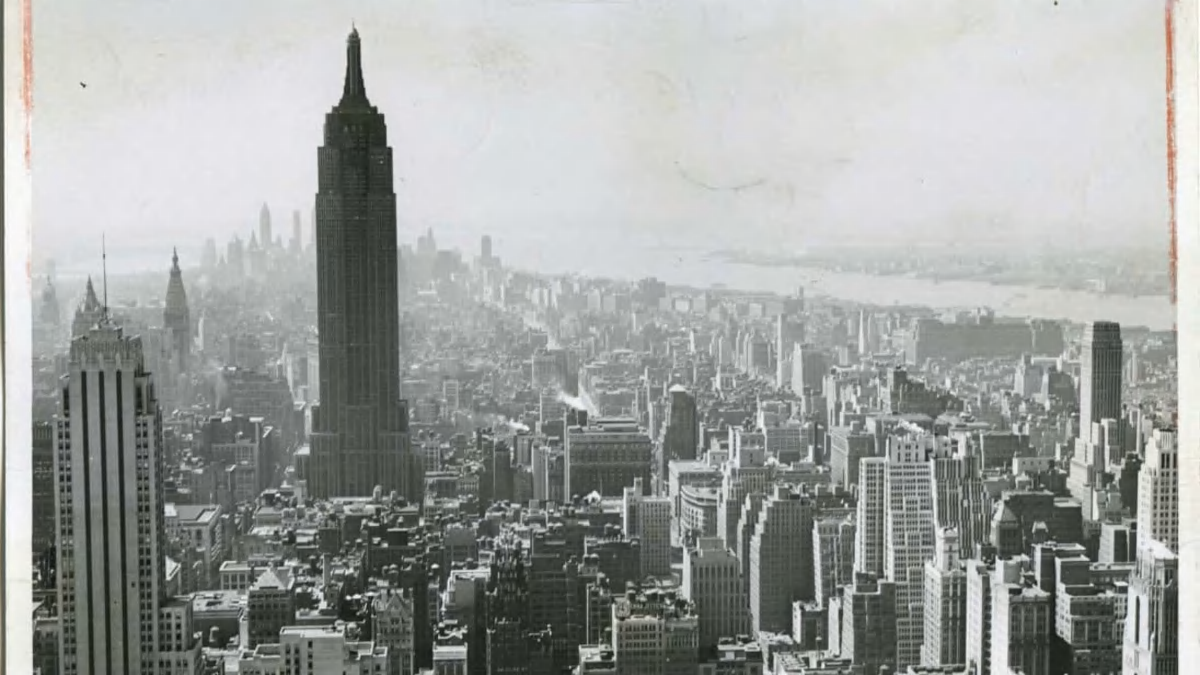
2. Lichtenstein Studied at Ohio State University, Where His Artistic Voice Began to Form
After graduating from high school in 1940, Lichtenstein enrolled at Ohio State University (OSU) to study Fine Arts. OSU was one of the few universities at the time offering a formal program in studio art, and it provided him with both technical training and exposure to European modernism. His studies were interrupted by World War II, when he joined the U.S. Army and served as a draftsman and artist. After the war, he returned to OSU to complete his Master’s degree, teaching art classes while developing his own painting style. It was during this period that Lichtenstein began exploring abstraction and Cubism, inspired by artists like Pablo Picasso and Paul Klee — two figures who would deeply influence his later work.
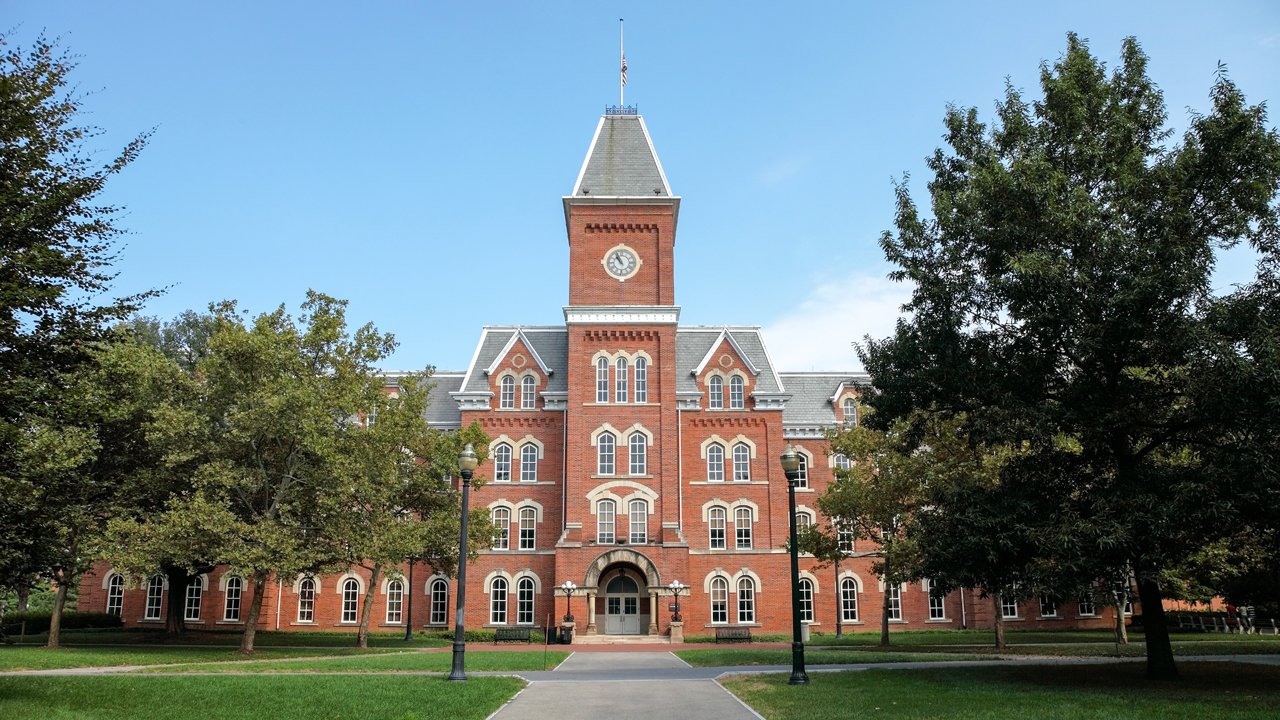
3. His Early Career Was Influenced by Abstract Expressionism
Before becoming the icon of Pop Art, Roy Lichtenstein was initially an Abstract Expressionist. In the late 1940s and 1950s, he painted in the gestural, expressive style popularized by Jackson Pollock and Willem de Kooning. His early works experimented with biomorphic forms, abstract landscapes, and symbols. However, Lichtenstein struggled to stand out in a crowded field dominated by Abstract Expressionists. He began to question the seriousness and emotional intensity of the movement, eventually seeking a new way to communicate visually — one that embraced irony, humor, and the language of consumer culture. This desire for a different kind of artistic vocabulary would soon lead him to his breakthrough moment in the early 1960s.
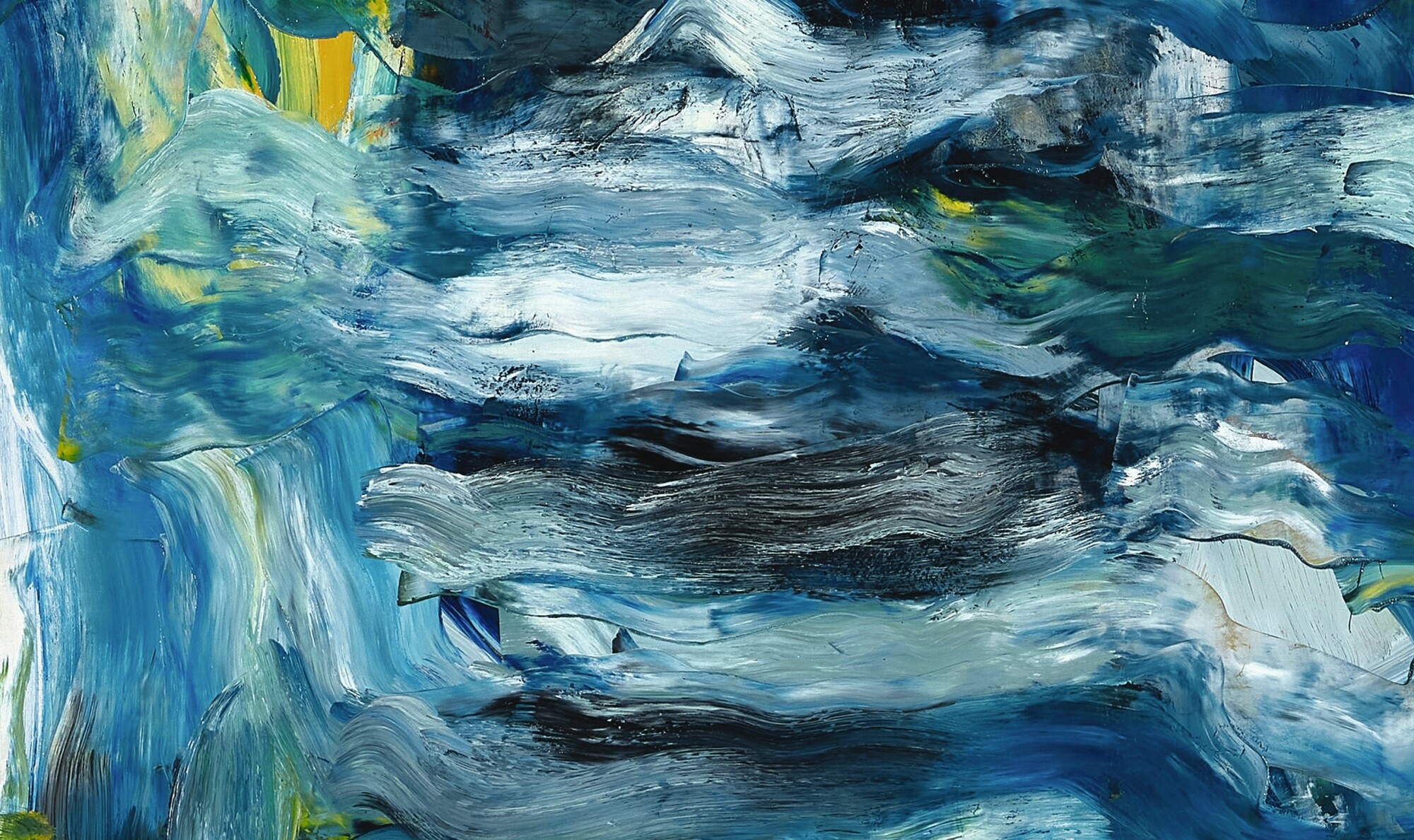
4. Lichtenstein’s Breakthrough Came with “Look Mickey” (1961)
In 1961, Lichtenstein created Look Mickey, the painting that changed his career and, arguably, the course of American art. The piece, inspired by a children’s comic book, featured the familiar figures of Mickey Mouse and Donald Duck rendered in a bold, flat style using primary colors, black outlines, and the now-famous Ben-Day dots. This painting marked Lichtenstein’s departure from abstraction and his embrace of imagery drawn directly from popular culture. The playful irony of Look Mickey — a fine art painting made to look like a mass-produced comic — caught the attention of art dealer Leo Castelli, who offered Lichtenstein his first solo exhibition. The show, held in 1962, sold out before it even opened, cementing his place as a leading figure in the emerging Pop Art movement.

5. He Became Known for His Use of Ben-Day Dots and Comic Book Imagery
Lichtenstein’s most recognizable artistic device — the use of Ben-Day dots — was inspired by commercial printing techniques used in newspapers and comics to create shading and gradients with limited color palettes. He magnified these dots and applied them meticulously by hand, transforming an industrial process into fine art. Works like Whaam! (1963) and Drowning Girl (1963) exemplify this style: dramatic, emotional scenes rendered in mechanical precision. By borrowing from the visual language of comics, Lichtenstein elevated everyday imagery into something monumental and thought-provoking. His use of the Ben-Day dot became a visual metaphor for mass production, consumer culture, and the blurred boundaries between high and low art.
6. Lichtenstein’s Work Was Both Celebrated and Controversial
While Lichtenstein’s paintings were celebrated for their wit and visual innovation, they also stirred controversy. Critics accused him of copying comic artists and questioned whether his work constituted “real art.” Some saw his approach as cynical or commercial, while others praised it as a brilliant commentary on modern life. Lichtenstein’s response was that he wasn’t reproducing comics but transforming them — recontextualizing mass imagery to explore themes of emotion, perception, and cultural value. In doing so, he challenged the art establishment’s hierarchy, forcing audiences to reconsider what could be considered fine art. Today, his influence is recognized as revolutionary, paving the way for generations of artists who blur the lines between popular media and artistic expression.

7. His Inspirations Included Picasso, Mondrian, and the American Advertising Industry
Roy Lichtenstein drew from a wide range of influences that spanned both high art and everyday culture. He admired the structural compositions of Piet Mondrian, the fragmented perspectives of Picasso, and the visual directness of advertising. His art often parodied or referenced these influences — for instance, his Homage to Picasso (1962) or Artist’s Studio series, where he reinterpreted the interiors of famous modernist artists through his Pop lens. Lichtenstein was fascinated by how mass communication shaped perception, emotion, and identity. By fusing modernist abstraction with the punchy immediacy of commercial design, he created a language that was at once intellectual and accessible, ironic and sincere.
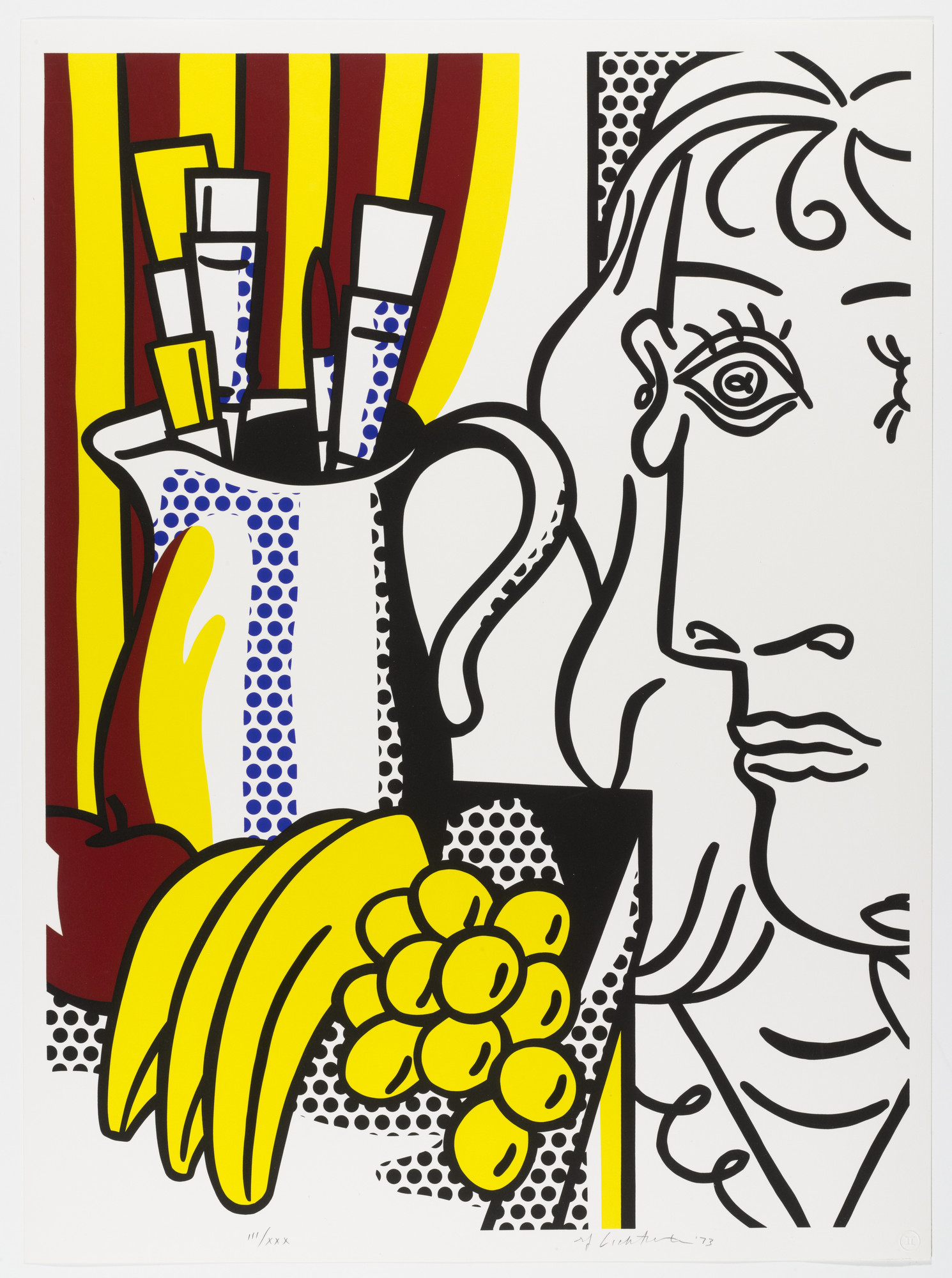
8. He Expanded Beyond Comics into Sculpture, Landscape, and Art History
While Lichtenstein is most famous for his comic book paintings, his artistic range extended far beyond them. From the late 1960s onward, he experimented with sculpture, ceramics, and large-scale murals. In the 1970s and 1980s, he revisited motifs from art history, producing series that reinterpreted Cubism, Impressionism, and Surrealism in his signature Pop style. His Brushstroke series, for instance, turned the expressive gesture — the hallmark of Abstract Expressionism — into a stylized, mechanical form. Later in his career, his Landscapes in the Chinese Style (1990s) demonstrated his ability to blend Eastern aesthetics with Western Pop formalism. Through constant reinvention, Lichtenstein proved that Pop Art could evolve far beyond its origins in comics and consumerism.

9. Lichtenstein’s First Major Museum Retrospective Cemented His Legacy
In 1967, just five years after his breakout show, Lichtenstein was honored with his first major retrospective at the Solomon R. Guggenheim Museum in New York. This exhibition marked a turning point, affirming his status as one of the most important American artists of his generation. The show traveled internationally, introducing European audiences to Pop Art and reinforcing its global impact. Over the decades, his work continued to be exhibited in major institutions, including the Tate Modern, the Art Institute of Chicago, and the National Gallery of Art. These exhibitions showcased not only his comic-inspired paintings but also his sculptural works and later experiments, ensuring his reputation as a multi-dimensional and enduringly relevant artist.
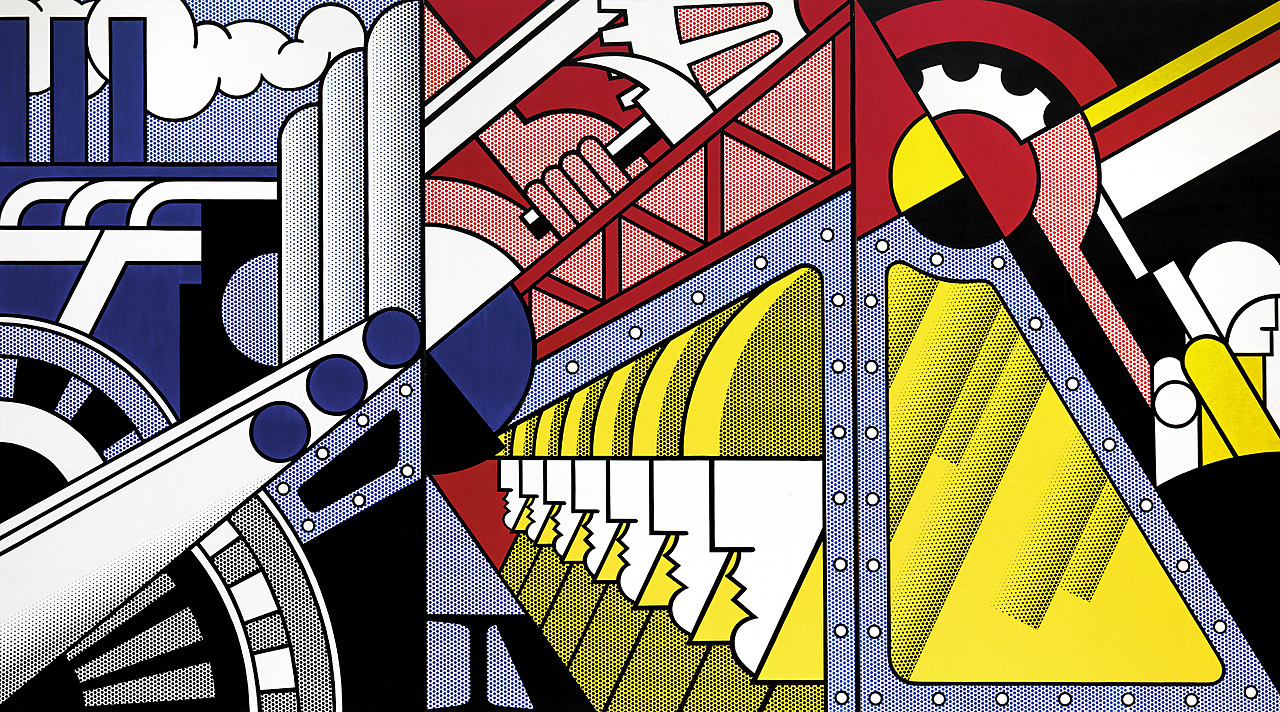
10. Roy Lichtenstein’s Influence Continues to Shape Contemporary Art and Culture
Roy Lichtenstein passed away in 1997, but his influence remains deeply embedded in contemporary visual culture. His aesthetic can be seen in fashion, advertising, and design — from graphic prints on clothing to editorial layouts echoing his comic-style compositions. Artists such as Jeff Koons, Takashi Murakami, and Damien Hirst have cited him as a key influence in their exploration of consumer culture and artifice. Lichtenstein’s work also continues to attract strong interest from collectors, with pieces like Masterpiece (1962) selling for over $160 million privately. His ability to merge art history, humor, and mass media remains as fresh today as it was in the 1960s. In many ways, Lichtenstein anticipated the image-saturated digital age, making him not only a Pop artist but a prophet of visual culture itself.
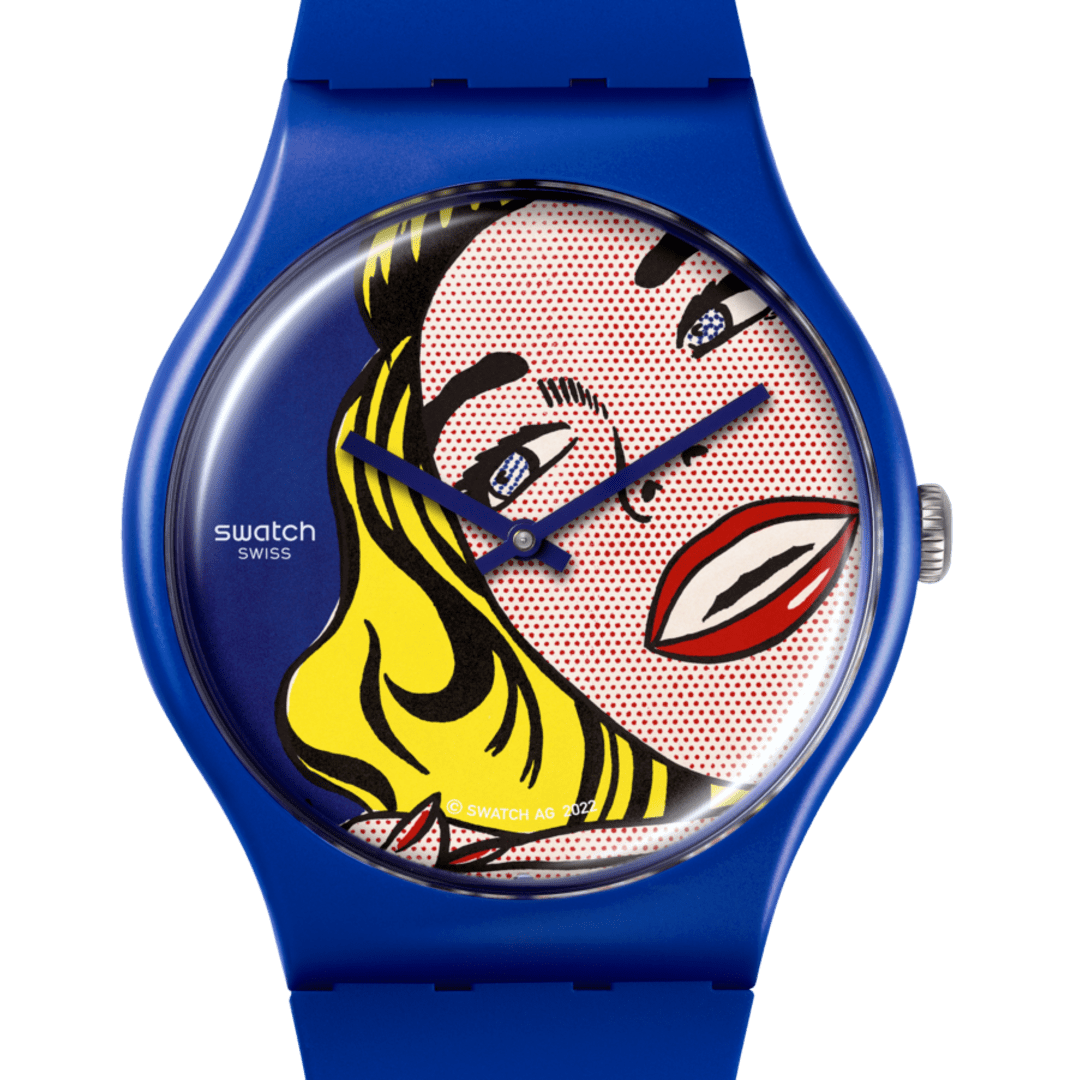
Roy Lichtenstein’s Enduring Relevance
Roy Lichtenstein transformed the way we see art and everyday imagery. By turning comic book panels and advertising clichés into museum-worthy icons, he democratized art and challenged traditional hierarchies of taste. His career — from his education at Ohio State University to his first sold-out exhibition and beyond — is a story of innovation, irony, and intellectual rigor. Today, Lichtenstein stands alongside Andy Warhol, Keith Haring, and David Hockney as one of the defining artists of the 20th century. His work reminds us that art can be both serious and playful, profound and popular — and that even the simplest image can tell a powerful story about who we are and the world we live in.
Discover signed Roy Lichtenstein prints for sale and contact our galleries via info@guyhepner.com for latest availabilities.